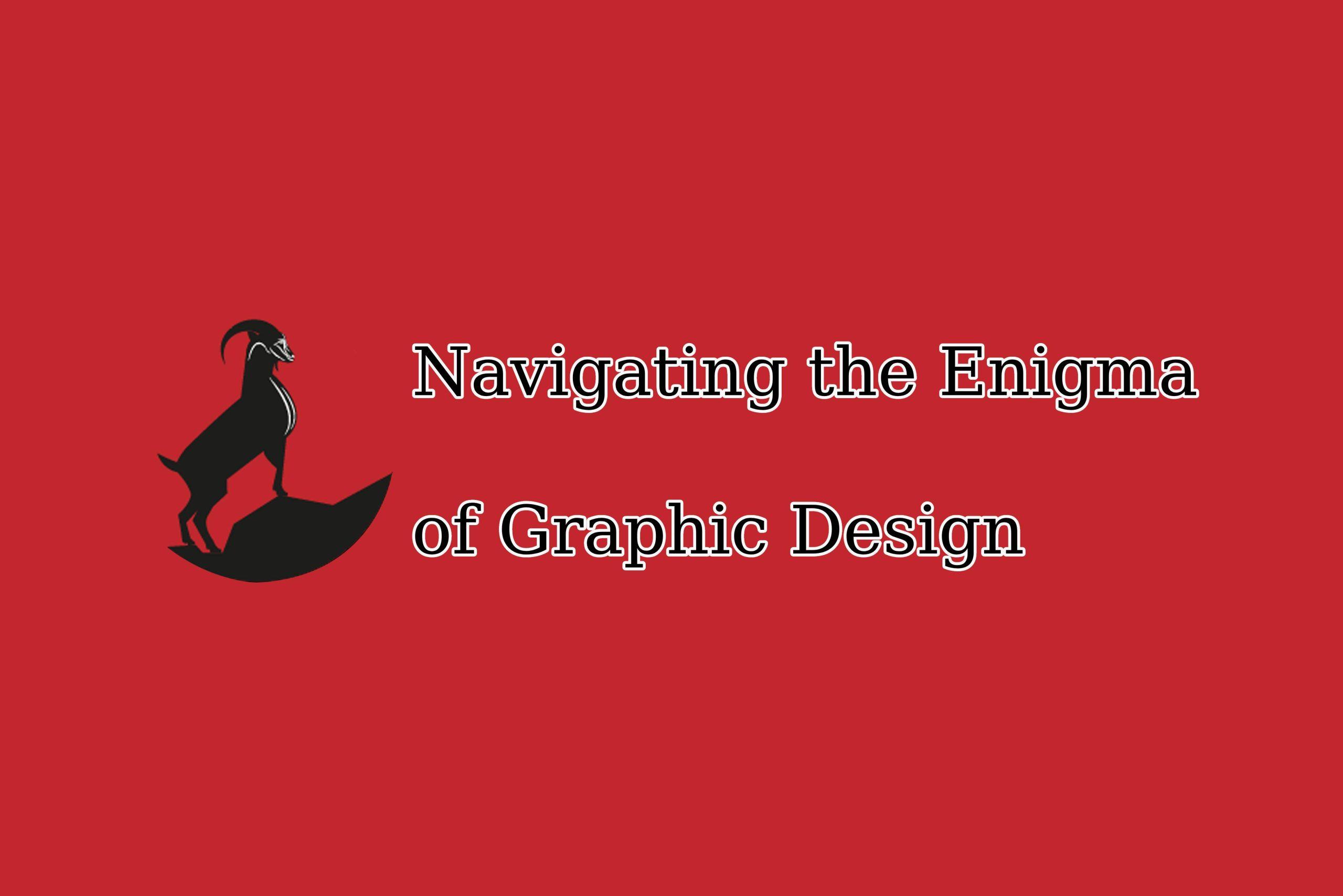
In the perpetually evolving realm of graphic design, Navigating the Enigma of Graphic Design where the union of artistic ingenuity and technological progress takes the spotlight, the relentless pursuit of pushing creative boundaries stands as an enduring odyssey. Designers find themselves entangled in an ongoing struggle with shifting trends, evolving tools, and multifaceted challenges, all while endeavoring to craft visually mesmerizing and profoundly influential creations.
The Dynamic Canvas: Confronting Challenges and Celebrating Triumphs
Striking a Harmonious Balance Between Aesthetics and Functionality
At the core of graphic design resides a delicate equilibrium, a pivot point where aesthetics and functionality converge. Designers bear the weight of shaping designs that not only captivate the audience but also seamlessly fulfill their intended purpose. This intricate dilemma compels them to grapple with profound questions, such as:
- How can a design captivate the audience while effectively disseminating essential information?
- What design choices can optimize the user experience without compromising the essence of creativity?
Navigating the Ever-Transforming Landscape of Design Trends
In this digital epoch, design trends materialize and transmute at a remarkable pace. What was in vogue yesterday might have vanished into obscurity today. Graphic designers find themselves tasked with the Herculean mission of staying ahead of these emerging trends and seamlessly integrating them into their creative arsenal. Crucial considerations in this domain encompass:
- Is it conceivable to predict and adapt to impending design trends?
- Can a designer maintain an individualistic design identity while assimilating facets of contemporary fashion?
Crafting for the Multifarious Universe of Platforms
The ubiquity of devices and the wide spectrum of screen dimensions confront graphic designers with the formidable challenge of creating designs that are adaptable and versatile. The pursuit of a harmonious user experience across this diverse landscape is no trivial matter. Designers are compelled to confront profound queries, including:
- How can a designer weave a tapestry of consistency in brand imagery across the diverse realms of the web, mobile, and print?
- What design methodologies possess the inherent capacity to accommodate a mosaic of screen dimensions without compromising the aesthetics of the creation?
Navigating the Complexities of Copyright and Intellectual Property
In the domain of graphic design, concerns about intellectual property rights and copyright loom large. Designers tread a precarious path, one where they must exercise unwavering vigilance when incorporating copyrighted materials while safeguarding the integrity of their own creations. This labyrinth of legalities gives rise to existential questions, such as:
- How can designers adeptly steer clear of the treacherous waters of copyright infringement in an age inundated with an abundance of visual content?
- What proactive measures should designers embrace to shield their original designs and innovative concepts from encroachment?
Unraveling the Enigmas: Clarifying Graphic Design Challenges
To provide clarity within the intricate tapestry of graphic design challenges, we present elucidations to frequently posed questions:
- Is it conceivable for graphic design to impeccably harmonize aesthetics and functionality?
Indeed, it is. The pinnacle of graphic design prowess materializes in the seamless fusion of aesthetics and functionality. The prerequisite for achieving this equilibrium lies in a comprehensive understanding of the audience and an innate grasp of the message intended for dissemination.
2. How can designers stay abreast of the constantly shifting design trends?
Designers can consistently stay at the forefront by keeping themselves informed through industry publications, engaging in design symposiums, and embarking on an unending journey of self-education. Experimentation with emerging techniques is equally indispensable.
3. What fundamental principles underlie responsive design across diverse platforms?
Responsive design hinges on the fundamental principle of adaptability. Crucial elements encompass fluid grids, flexible imagery, and media queries that dynamically recalibrate content based on screen dimensions.
4. What precautions must designers take regarding copyright-related quandaries?
Designers are advised to seek authorization when contemplating the inclusion of copyrighted material consistently. Additionally, thoughtful consideration of registering their original works is recommended to reinforce protection.
5. How can designers foster innovation while adhering to design guidelines?
Innovation thrives within the bounds of design guidelines. Designers should embrace creative ideation within established paradigms, striving to astonish and captivate while diligently preserving brand consistency.
6. What role does user feedback play in overcoming design challenges?
User feedback serves as an invaluable guide that illuminates the path to user-centric refinement. It offers insights into user preferences and the hurdles they encounter, guiding designers toward a more user-centric approach.
7. How does graphic design contribute to the cultivation of brand identity?
Graphic design serves as the crucible in which brand identity is meticulously sculpted. It achieves this through the creation of visual elements that act as ambassadors of the brand’s ethos, personality, and message, consistently maintained across all touchpoints.
8. Is it possible to acquire graphic design skills without formal education?
Indeed, numerous successful designers have traversed the path of self-directed learning. Nevertheless, formal education provides a structured foundation and immersion in industry-standard tools and methodologies.
9. What array of tools and software are essential in the toolkit of graphic designers?
Essential tools include Adobe Creative Cloud (encompassing Photoshop, Illustrator, and InDesign), Sketch, and Figma. The selection depends on individual preferences and project requirements.
10. How can designers overcome creative blockages and ignite the flames of inspiration?
Creative stagnation is a common affliction in design. Designers often delve into nature, art, and everyday life for wellsprings of inspiration. Engaging in collaborative projects with peers and embarking on personal creative journeys often serves as the catalyst for reigniting creative brilliance.
Explore more about digital art and its possibilities at www.yabakri.com.
Conclusion
In summation, graphic design challenges serve as the crucible where creativity is galvanized, and innovation gestates. Designers bear the responsibility of navigating the intricate intersection of aesthetics and functionality, the ever-evolving landscape of trends, and the creation of designs that gracefully transcend the barriers of multiple platforms. The path to mastery over these challenges is paved with continuous learning, an intimate understanding of the audience, and an unwavering commitment to pushing the frontiers of creative exploration.

